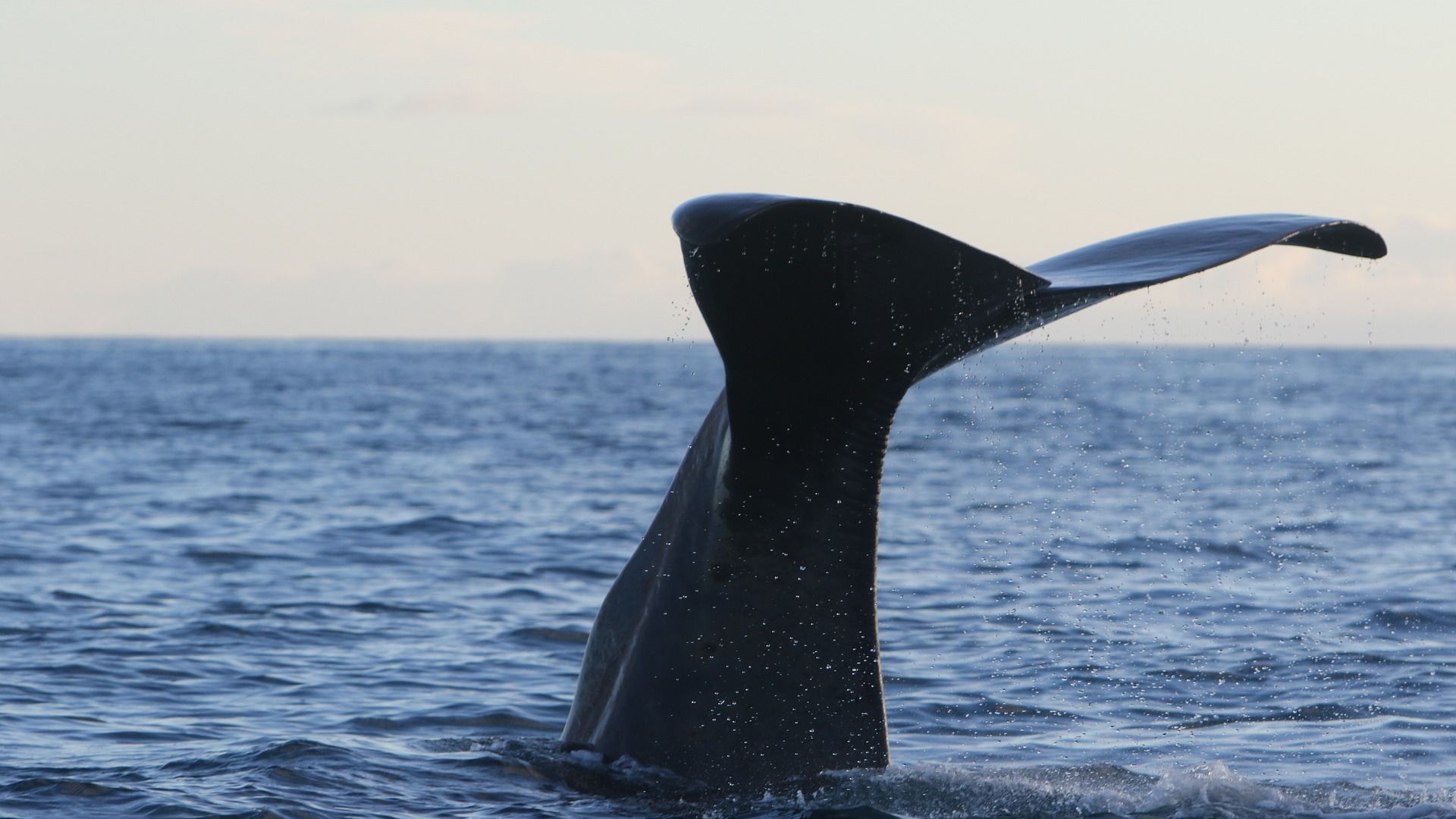https://sputnikglobe.com/20230811/rare-ancient-whale-discovered-in-egypt-named-after-king-tut-for-its-age--size-1112522263.html
Rare Ancient Whale Discovered in Egypt, Named After King Tut for Its Age & Size
Rare Ancient Whale Discovered in Egypt, Named After King Tut for Its Age & Size
Sputnik International
The whale, which is believed to be the smallest to has ever existed, was discovered in the Western Desert of Egypt.
2023-08-11T01:59+0000
2023-08-11T01:59+0000
2023-08-11T01:59+0000
beyond politics
science & tech
paleontology
paleontologists
marine life
whales
whales
ancient
ancient history
ancient life
https://cdn1.img.sputnikglobe.com/img/07e5/03/14/1082404601_0:0:1920:1080_1920x0_80_0_0_0637a36b5a017fbcbcd122f5c316e35b.jpg
Scientists have discovered a rare species of whale from a 41-million-year-old fossil they unearthed in Egypt, one potentially considered the smallest to ever swim throughout our globe’s oceans.The fossil, since named Tutcetus rayanensis (the King Tut whale), is the smallest cetacean ever found, and belongs to the family Basilosauridae, an early group of whales that existed from the middle Eocene to the late Oligocene Epoch.The fossil was initially found five years ago in the Fayum Depression—or Fayoum Oasis, one of several mega-deserts located in the Western Desert of Egypt.Scientists chose to name the whale after the ancient Egyptian pharaoh Tutanhamun on account of its young age. Based on the small whale’s fossils, which included its skull, jaw, teeth and fragments of the vertebrae, officials discovered the creature was just reaching adulthood when it had died, similar to King Tut, who was believed to be aged 18 or 19 when he died."We were lucky to have a complete set of T. rayanensis' lower teeth and discovered that it was almost-mature but still subadult," said Abdullah Gohar, a study co-author from the Mansoura University in Egypt. "Its teeth had very smooth enamel, which is an indication of very soft feeding mainly on fish, squids, octopus and other not-fast-moving prey.""T. rayanensis lived fast and died fast," Gohar added. "This could also be an adaptation to climate change."Researchers believe the whale’s miniature size and short life cycle could have been its body’s response to the Lutetian Thermal Maximum; a global warming event that happened about 42 million years ago. Animals tend to develop into smaller sizes in warmer climates, as food sources become scarce. Sallam added that the discovery was “remarkable” and “documents one of the first phases of the transition to a fully aquatic lifestyle”.The study's findings were published on Thursday in the journal Communications Biology.
egypt
Sputnik International
feedback@sputniknews.com
+74956456601
MIA „Rossiya Segodnya“
2023
News
en_EN
Sputnik International
feedback@sputniknews.com
+74956456601
MIA „Rossiya Segodnya“
Sputnik International
feedback@sputniknews.com
+74956456601
MIA „Rossiya Segodnya“
science, marine life, paleontology, marine life, whales, ancient life, ancient history, egypt
science, marine life, paleontology, marine life, whales, ancient life, ancient history, egypt
Rare Ancient Whale Discovered in Egypt, Named After King Tut for Its Age & Size
The ancient whale was small, measuring about 8 feet (2.5 meters) in length and weighing around 412 pounds (167 kilograms).
Scientists have discovered a rare species of whale from a 41-million-year-old fossil they unearthed in Egypt, one potentially considered the smallest to ever swim throughout our globe’s oceans.
The fossil, since named Tutcetus rayanensis (the King Tut whale), is the smallest cetacean ever found, and belongs to the family Basilosauridae, an early group of whales that existed from the middle Eocene to the late Oligocene Epoch.
The fossil was initially found five years ago in the Fayum Depression—or Fayoum Oasis, one of several mega-deserts located in the Western Desert of Egypt.
Scientists chose to name the whale after the ancient Egyptian pharaoh Tutanhamun on account of its young age. Based on the small whale’s fossils, which included its skull, jaw, teeth and fragments of the vertebrae, officials discovered the creature was just reaching adulthood when it had died, similar to King Tut, who was believed to be aged 18 or 19 when he died.
"We were lucky to have a complete set of T. rayanensis' lower teeth and discovered that it was almost-mature but still subadult," said
Abdullah Gohar, a study co-author from the Mansoura University in Egypt. "Its teeth had very smooth enamel, which is an indication of very soft feeding mainly on fish, squids, octopus and other not-fast-moving prey."
"T. rayanensis lived fast and died fast," Gohar added. "This could also be an adaptation to climate change."
Researchers believe the whale’s miniature size and short life cycle could have been its body’s response to the Lutetian Thermal Maximum; a global warming event that happened about 42 million years ago. Animals tend to develop into smaller sizes in warmer climates, as food sources become scarce.
[Basilosaurids] developed fish-like characteristics, such as a streamlined body, a strong tail, flippers and a tail fin, and had the last hind limbs visible enough to be recognized as ‘legs,’ which were not used for walking but possibly for mating,” Hesham Sallam, a team leader from the American University in Cairo (AUC), said in a statement.
Sallam added that the discovery was “remarkable” and “documents one of the first phases of the transition to a fully aquatic lifestyle”.
The study's findings were published on Thursday in the
journal Communications Biology.


